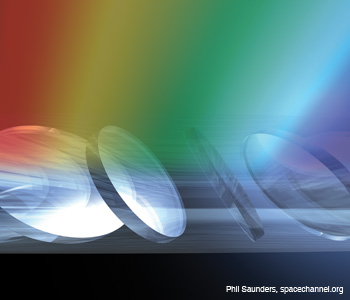Feature
Tilted Fiber Bragg Gratings as Multi-Sensors
The tilted fiber Bragg grating is a new kind of sensor that possesses all the advantages of well-established Bragg grating technology in addition to being able to excite cladding modes resonantly. This device opens up a multitude of opportunities for single-point sensing in hard-to-reach spaces.

Fiber Bragg gratings, or FBGs, are narrow pass-band and rejection-band filters that have been fabricated in ordinary optical fibers. These gratings, which have been widely deployed since the 1990s, are now used as in-fiber cavity mirrors in fiber lasers, as dispersion compensators in long-haul optical networks and as stabilizers for the pump laser diodes used in optical amplifiers. However, because the Bragg wavelength is sensitive to strain and temperature, the application of FBGs that has generated the most intense research activity has been in the area of sensing.
…Log in or become a member to view the full text of this article.
This article may be available for purchase via the search at Optica Publishing Group.
Optica Members get the full text of Optics & Photonics News, plus a variety of other member benefits.
